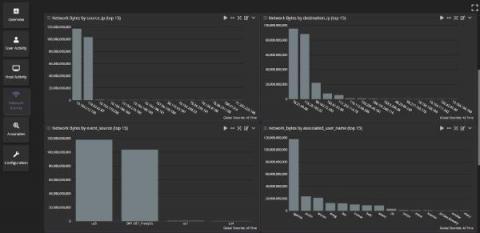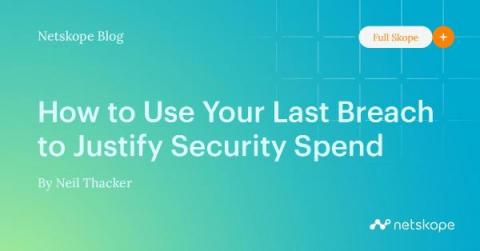Security | Threat Detection | Cyberattacks | DevSecOps | Compliance
Latest News
CIS Implementation Group 1 (IG1): Essential Cyber Hygiene
Cybercrime has become more prevalent since the start of the COVID-19 pandemic. Indeed, 81% of organizations worldwide experienced an uptick in cyber threats and 79% suffered downtime due to cyberattacks during peak season, according to a 2021 report by McAfee Enterprise and FireEye. Attacks have also become more complex. IBM and the Ponemon Institute report that the average time to spot and contain a data breach in 2021 was 287 days, a week longer than in 2020.
Is any organisation risk and data breach free?
I walked into a business the other day. After a long conversation about the client’s need for cybersecurity and the implementation of the ISO27001 security standard, we talked about their risk appetite. “We don’t accept any risk. We’re risk-averse” said the CEO. But, is this achievable?
What roles do humans play in cyber breaches
Data is the most valuable asset of any organization, and most employees have access to secure business data. This makes them the first line of defense against combating a cyber-attack. However, hackers target vulnerable employees with insecure devices and sophisticated techniques to access the company's network and compromise valuable data. Human error enables a vast majority of cybersecurity problems. Many employees are already aware of the dangers that their mistakes can pose.
Webinar recap: The missing story with every cloud breach
Snyk’s Chief Architect, Josh Stella, recently hosted a webinar about cloud security. Stella was the co-founder and CEO of Fugue, a cloud security and compliance company that was acquired by Snyk. With the capabilities of Fugue, Snyk will bring its developer-first security platform into the cloud security space. During this talk, Stella discussed the missing story in every cloud breach: the tale of how, when, and where attackers operate in the cloud.
Are organizations taking outbound risk seriously enough?
For many organizations, the rise of remote working brought on by the COVID-19 pandemic has significantly increased email communication. Our 2020 Outbound Email Security Report revealed that 94% of organizations experienced increased outbound email traffic due to remote working during the pandemic. This increase in outbound email traffic also increased outbound security risk. The report revealed that 93% of organizations suffered an outbound data breach in the same 12 months.
How to Use Your Last Breach to Justify Security Spend
I recently wrote a blog post outlining what to do in the first 24 hours after you have been breached, and in my conclusion I mentioned that capturing the incident in a case study could help unlock budget in future. Today, I want to look at this in more detail, and consider the approaches you can take to analyse the cost of a breach in order to make a request for appropriate preventative spend.
7 Things You Should Know About Verizon DBIR 2022 and How Arctic Wolf Can Help
Defending Aircraft Networks Against Cybersecurity Breaches
The aviation industry is both vast and complex. More than 45,000 flights and 2.9 million passengers travel through U.S. airspace every day, requiring high-tech tools and extensive communications networks. All of that data and complexity makes the sector a prime target for cybercriminals. Worryingly, only 49% of non-governmental organizations have fully adopted NIST security standards.
China Suffers One of the Largest Data Breaches in History of Mankind
Read also: Google fixed a zero-day vulnerability in Chrome browser, Marriott fell a victim of cyber extortionists, and more.










